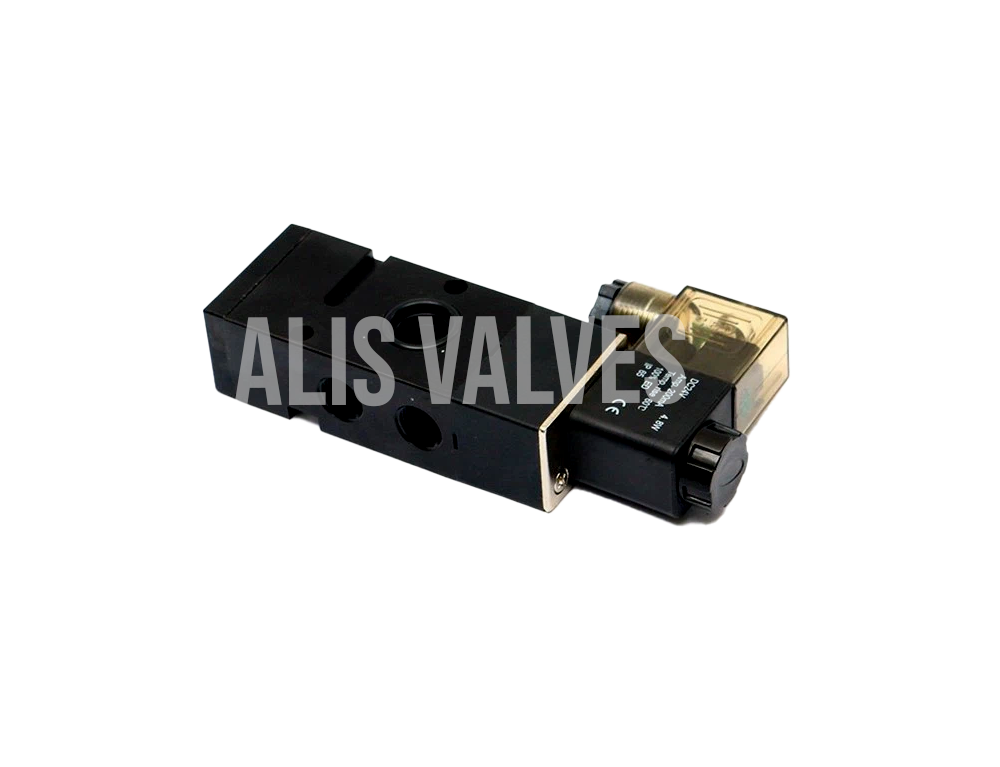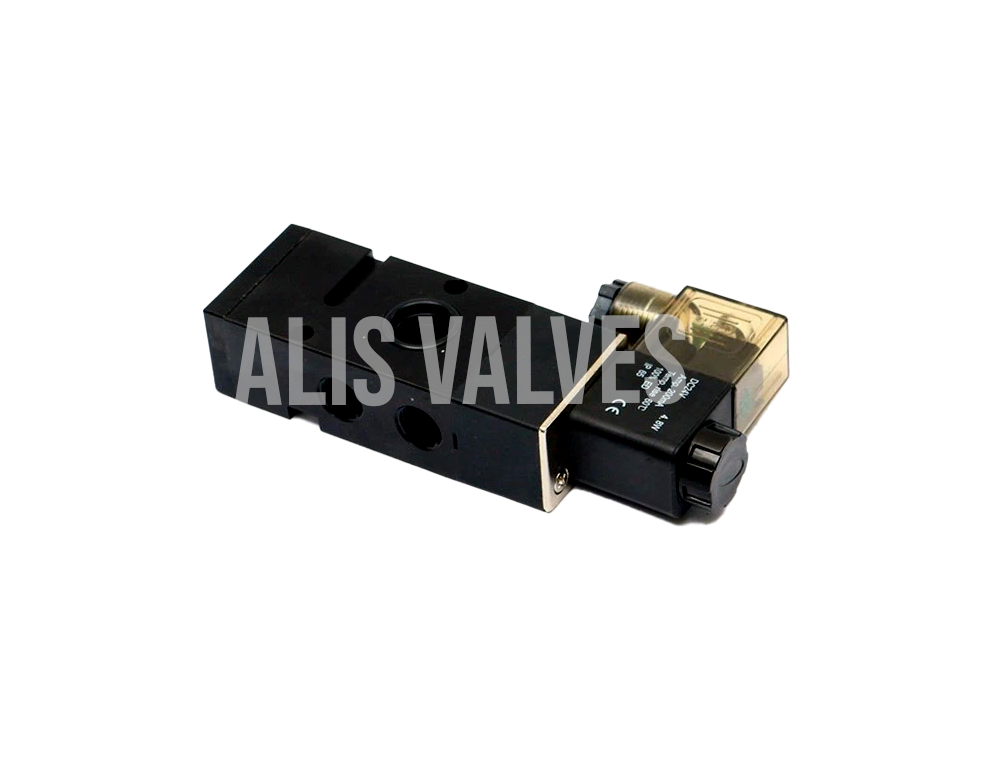Solenoid valves are pivotal in modern industrial automation, offering precise control over fluid and gas flow across a range of applications. However, to maintain their performance and reliability, regular maintenance is essential. Properly maintained solenoid valves can prevent unexpected failures, enhance operational efficiency, and reduce long-term costs. This guide explores the importance of solenoid valve maintenance, outlining essential practices to keep these components functioning optimally and extend their lifespan.
1. Why Proper Maintenance is Essential for Solenoid Valves
Solenoid valves operate through a simple yet powerful mechanism: an electric coil generates a magnetic field that opens or closes a valve, controlling the flow of fluids or gases. Over time, factors like wear, debris buildup, and environmental exposure can impact a valve’s functionality, leading to leaks, poor response times, or even total failure.
Key Benefits of Solenoid Valve Maintenance:
- Increased Lifespan: Regular maintenance reduces wear on the valve’s components, extending its operational life.
- Enhanced Reliability: A well-maintained solenoid valve is less likely to malfunction, reducing the risk of unplanned shutdowns.
- Improved Efficiency: Clean, fully functional valves ensure that the flow control system operates at peak efficiency, saving energy and reducing costs.
- Safer Operations: Maintenance prevents issues that could lead to leaks, hazardous spills, or pressure build-ups, ensuring a safer environment for operators.
2. Common Solenoid Valve Issues and How Maintenance Can Prevent Them
Solenoid valves can experience various issues that may impact performance if not addressed through regular maintenance. Understanding these common problems can help operators implement preventive measures to optimize valve function.
- Debris Buildup: Valves used in applications with particulates or dirty fluids are prone to debris accumulation, which can obstruct fluid flow. Regular cleaning can prevent clogs and ensure smooth operation.
- Seal Deterioration: Over time, seals may degrade due to exposure to chemicals, heat, or pressure, leading to leaks. Replacing seals during scheduled maintenance can prevent fluid leakage and maintain valve integrity.
- Coil Burnout: Solenoid coils can overheat or burn out, especially when subjected to fluctuating voltage. Routine inspection of coil temperature and voltage levels can prevent this issue, extending the coil’s life.
- Corrosion: Valves exposed to harsh chemicals or environmental conditions may corrode, impacting their functionality. Regular inspection and replacement of corroded parts help maintain valve performance.
3. Essential Maintenance Practices for Solenoid Valves
Adopting a proactive maintenance approach can significantly enhance the performance of solenoid valves. Here are key practices to include in a solenoid valve maintenance program:
Routine Visual Inspections
A simple yet effective maintenance practice is performing regular visual inspections. During inspections, check for visible signs of wear, rust, or leaks. Pay particular attention to seals, connectors, and the coil area. Visual inspections allow operators to detect early signs of issues and schedule further maintenance if necessary.
Cleaning Valve Components
For solenoid valves that operate in fluid environments containing particulates, dirt, or contaminants, regular cleaning is crucial. Disassemble the valve as per the manufacturer’s guidelines, and use a soft brush or compressed air to remove debris from internal parts like the orifice, plunger, and seals. This practice helps maintain smooth valve operation and prevents blockages that could impair flow.
Testing Electrical Connections
Since solenoid valves rely on an electrical coil, testing the coil and its connections is a vital part of maintenance. Regularly check that all connections are secure and that there is no corrosion or fraying in the wiring. Ensure the coil voltage aligns with the system specifications, as improper voltage can lead to overheating or coil failure.
Lubrication of Moving Parts
In valves with moving parts, such as plungers or pistons, proper lubrication is essential to reduce friction and prevent wear. Always use manufacturer-recommended lubricants, as some oils can cause seals or other materials to degrade. Avoid over-lubricating, as excessive grease can attract debris, leading to blockages.
Inspecting Seals and Replacing Worn Parts
Seals play a critical role in preventing leaks and ensuring proper flow. Inspect seals for any signs of wear, cracks, or deformation, and replace them during scheduled maintenance if necessary. Regular replacement of worn seals reduces the risk of leaks and enhances the valve’s performance.
Checking Response Time
A solenoid valve’s response time should remain consistent throughout its operation. Slow or erratic response times may indicate issues such as coil degradation or debris buildup. Testing the valve’s response time periodically allows you to detect these issues early and take corrective action to restore optimal performance.

4. Creating a Maintenance Schedule
A structured maintenance schedule ensures that solenoid valves receive timely checks and servicing to prevent failures. While the exact frequency of maintenance will depend on factors like valve usage, environment, and application, here are some general guidelines:
- Daily or Weekly Inspections: Perform quick visual checks and ensure that the valve is operating as expected.
- Monthly Maintenance: Include deeper cleaning, electrical testing, and lubrication in monthly routines.
- Quarterly or Biannual Inspections: Conduct detailed inspections, check for wear in seals, and replace any deteriorated parts.
- Annual Overhaul: For heavily used valves, an annual overhaul involving complete disassembly, inspection, and replacement of worn parts may be necessary.
Following a structured schedule reduces the likelihood of unexpected failures and ensures long-term reliability.
5. Troubleshooting Common Solenoid Valve Issues
Even with proper maintenance, solenoid valves can sometimes experience issues. Having a troubleshooting process in place can help identify and resolve these problems efficiently.
Issue: Valve Fails to Open or Close
Possible Causes:
- Power supply issues
- Coil burnout
- Blocked orifice
Solution: Check the electrical connections, ensure the power supply is stable, inspect the coil for burnout, and clear any debris from the orifice.
Issue: Leaks Around the Valve
Possible Causes:
- Worn or damaged seals
- Corrosion in the valve body
- Loose fittings
Solution: Replace seals, check for corrosion, and tighten fittings as needed to prevent leaks.
Issue: Erratic Valve Operation
Possible Causes:
- Voltage fluctuations
- Mechanical obstructions
- Coil or plunger issues
Solution: Stabilize the voltage supply, inspect for mechanical blockages, and check the coil and plunger for wear or damage.
6. Advanced Maintenance Techniques for High-Performance Valves
For high-performance applications or critical industries, advanced maintenance techniques can offer additional assurance of solenoid valve reliability:
- Predictive Maintenance: Using sensors and diagnostic software, predictive maintenance can monitor parameters like temperature, pressure, and response time. This data helps identify potential issues before they lead to failures.
- Condition-Based Maintenance (CBM): CBM uses real-time monitoring to assess a valve’s condition. Maintenance is performed based on the valve’s performance data rather than a fixed schedule, optimizing resources and reducing unnecessary maintenance.
- Vibration Analysis: In systems with significant vibration, such as heavy machinery, vibration analysis can detect early signs of wear or misalignment, allowing for timely intervention to prevent damage.
Conclusion
Maintaining solenoid valves is essential for optimizing their performance and reliability in industrial applications. A structured maintenance program—covering visual inspections, cleaning, electrical testing, lubrication, and replacement of worn parts—can prevent common issues like leaks, slow response times, and coil burnout. Advanced maintenance approaches like predictive maintenance and condition-based monitoring add further reliability for critical applications.
By implementing these practices, industries can maximize the efficiency and lifespan of their solenoid valves, ensuring smoother operations, reducing downtime, and enhancing overall productivity. Proper maintenance not only protects these vital components but also upholds safety and efficiency across industrial processes.


